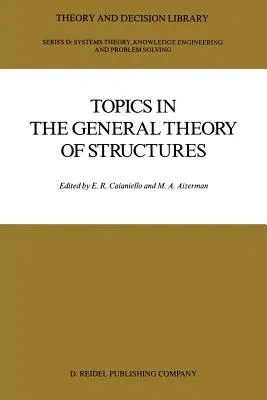Topics in the General Theory of Structures (Softcover Reprint of the Original 1st 1987)Paperback - Softcover Reprint of the Original 1st 1987, 5 October 2011

Qty
1
Turbo
Ships in 2 - 3 days
Only 2 left
Free Delivery
Cash on Delivery
15 Days
Free Returns
Secure Checkout
Part of Series
Theory and Decision Library D:
Print Length
208 pages
Language
English
Publisher
Springer
Date Published
5 Oct 2011
ISBN-10
9401081999
ISBN-13
9789401081993
Description
Product Details
Book Edition:
Softcover Reprint of the Original 1st 1987
Book Format:
Paperback
Country of Origin:
NL
Date Published:
5 October 2011
Dimensions:
23.39 x
15.6 x
1.17 cm
ISBN-10:
9401081999
ISBN-13:
9789401081993
Language:
English
Location:
Dordrecht
Pages:
208
Publisher:
Weight:
312.98 gm

